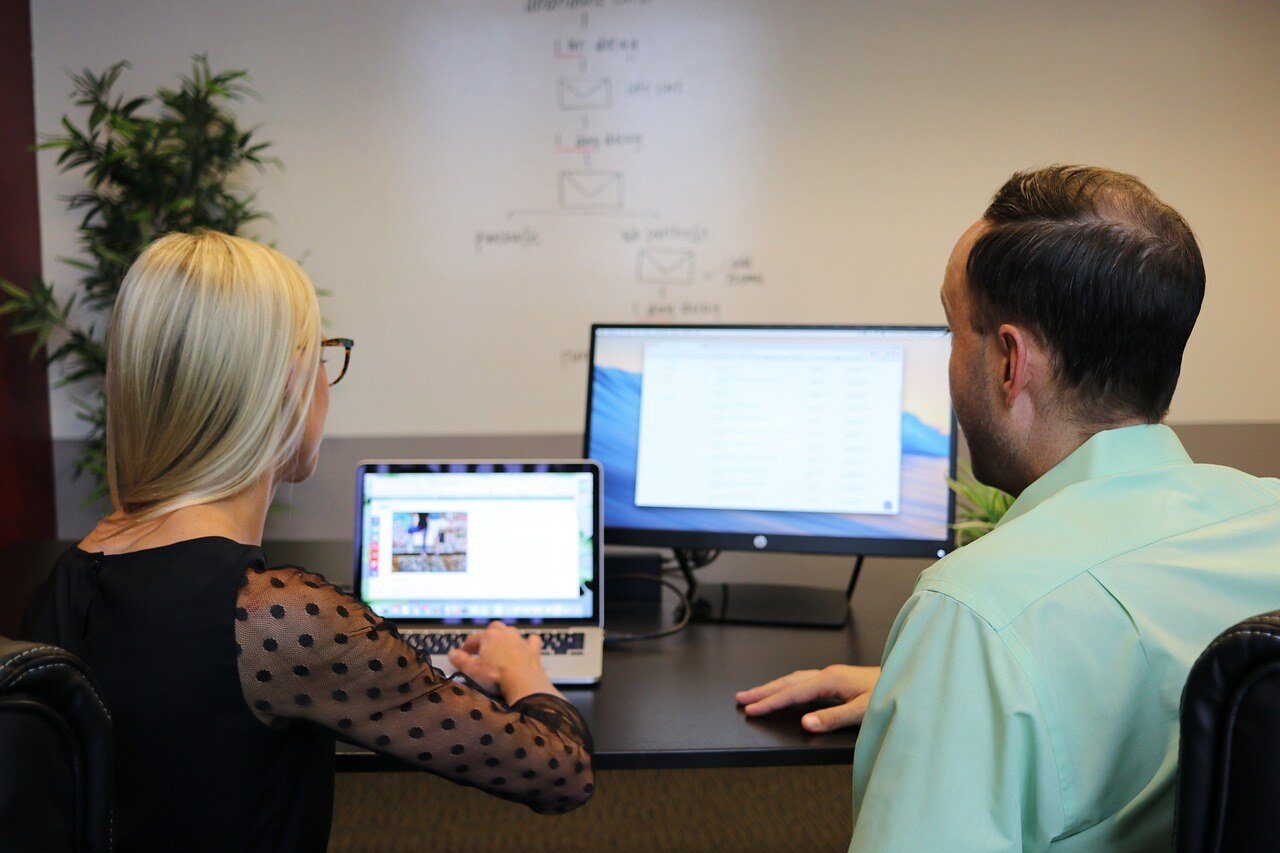Are you feeling burned out in your business? Does it seem like the more you do, the more needs to be done and it feels like you can never catch up? You may be already burned out and have no idea how to bounce back. Does this sound like you?
At the end of the day, you are going to feel drained or energized. Which one would you prefer? If you answered "feel energized," then you know that having a process to achieve that would be a game changer!
General George S. Patton said it best, “Success is how you bounce when you hit the bottom.”
And I believe it’s true. But how do you bounce back from burnout? It’s by having a step-wise approach to doing just that. Over the course of 20 years of coaching financial advisors, insurance agents, and wholesalers, I’ve found that the following six-step approach works best.
Step 1: Acknowledge and Accept
The first step in overcoming burnout is acknowledging and accepting that it exists. Many people may feel ashamed or guilty for experiencing burnout, believing it to be a sign of weakness. But, it is essential to understand that burnout is a common and natural response to prolonged stress. Accepting this reality allows advisors to take proactive steps toward recovery.
Step 2: Assess the Situation
Once burnout is acknowledged, the next step is to assess the situation. We do this by taking a step back and evaluating current workloads, responsibilities, and stressors. This assessment can help identify the root causes of burnout. So, here are the three questions to consider when assessing your situation:
- What tasks or responsibilities are causing me the most stress?
- Are there any patterns or triggers that lead me to feelings of burnout?
- How is burnout affecting my personal and professional life?
By understanding the specific factors contributing to burnout, you can develop targeted strategies to address them.
Step 3: Set Boundaries
One of the most effective ways to combat burnout is setting clear boundaries between work and personal life. Advisors often work long hours and may feel pressured to be always available to clients. But, this constant availability can lead to burnout. Setting boundaries can include:
- Establishing specific work hours and sticking to them
- Taking regular breaks throughout the day
- Avoiding work-related tasks during personal time
- Communicating boundaries with clients and colleagues
Setting boundaries helps create a healthier work-life balance, reduces the risk of burnout, and increases your ability to recover.
Step 4: Delegate and Prioritize
Advisors often take on too many responsibilities, leading to overwhelming workloads. Delegating tasks to team members or staff can lighten the load. Additionally, prioritizing tasks based on their importance and urgency can ensure that critical responsibilities are addressed first. By delegating and prioritizing effectively, advisors can focus on high-impact activities and reduce stress.
Step 5: Practice Self-Care
Self-care is a vital component of overcoming burnout. Advisors should prioritize their physical and mental well-being by incorporating self-care practices into their daily routines. Some self-care strategies include:
- Regular exercise boosts energy levels and reduces stress
- Healthy eating habits to nourish the body and mind
- Engaging in hobbies and activities that bring joy and fulfillment
- Seeking support from friends, family, or a therapist
Step 6: Seek Professional Development
Continuous learning and professional development can reignite an advisor's passion for their work. Attending workshops, conferences, and training sessions can provide new insights and skills, making the job more engaging and fulfilling. Additionally, networking with peers and mentors can offer valuable support and inspiration. Some professional development opportunities include:
- Enrolling in courses related to business
- Attending industry conferences such as NAIFA National
- Join a professional development coaching program
If you are feeling the effects of burnout and you are interested in a free coaching session, simply email me at dan@advisorsolutionsinc.com and we will schedule a session.
Why Bouncing Back from Burnout Works
The reason why the aforementioned steps work so well is because they are a step-by-step approach to changing your mental state of mind. It’s always a way to maintain a healthier work/life balance.
In the Advisor Solutions Podcast Episode #121: Bouncing Back from Burnout, you will find a more in-depth discussion of each step plus real-world examples.











